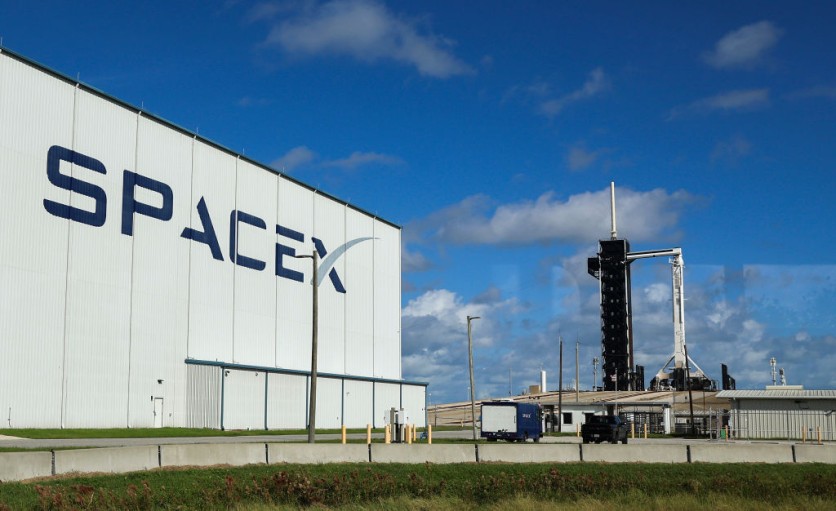Soon enough, we will find out if there's really water and ice on the moon. NASA is set to send its Lunar Flashlight aboard the SpaceX Falcon 9 rocket in mid-November, according to PhysOrg.

The Lunar Flashlight
The Lunar Flashlight is a small satellite that is no bigger than a briefcase. Currently, it is swooping low over the lunar South Pole, and it will use lasers to shed light on these dark craters.
The launch will put the satellite on a trajectory that will take three months to reach its science orbit. It will then find water ice on the Moon's surface, specifically in places that nobody has discovered or looked into yet.
Following its launch, mission navigators will guide its way past the moon then it will be pulled back slowly by gravity from Earth and the Sun before it settles into a science-gathering orbit.
It's important to note that small satellites only carry a limited amount of propellent, which is why it is not possible to undergo fuel-intensive orbits. In addition, the Lunar Flashlight is the second NASA mission to use this type of trajectory.
Also Read: NASA plans two new missions to mine ice water on the moon
A New "Green" Propellant
Furthermore, Lunar Flashlight will be the first interplanetary spacecraft to use a new kind of propellant that is safer to transport and store than the commonly used in-space propellants. The new propellant was developed by the Air Force Research Laboratory and tested on a previous NASA technology demonstration mission.
What makes it "green" is because it burns through a catalyst, instead of a separate oxidizer.
Four-Laser Reflectometer
The Lunar Flashlight will also be the first mission to use a four-laser reflectometer to find water and ice on the Moon. It works by using near-infrared wavelengths readily absorbed by water to identify ice on the surface. When the lasers hit bare rock, their light will reflect back to the spacecraft, which will signal a lack of ice. On the other hand, if the light is absorbed, it will need that the dark pockets contain ice. The greater the absorption, the more ice may be at the surface.
The Water Cycle On the Moon
It is thought that molecules of water come from comet and asteroid material that influences the lunar surface. Moreover, it is also known to be from solar interactions with the lunar regolith. Therefore, over time, the molecules may have accumulated as a layer of ice inside.
The team is hopeful that the Lunar Flashlight will gather data that will enable them to understand molecule volatility.
Related Article: NASA Will Shoot The Moon With a Giant Laser To Find Water: Green Fuel Will Power The Gigantic Flashlight
This article is owned by Tech Times
Written by April Fowell
![Apple Watch Series 10 [GPS 42mm]](https://d.techtimes.com/en/full/453899/apple-watch-series-10-gps-42mm.jpg?w=184&h=103&f=9fb3c2ea2db928c663d1d2eadbcb3e52)



